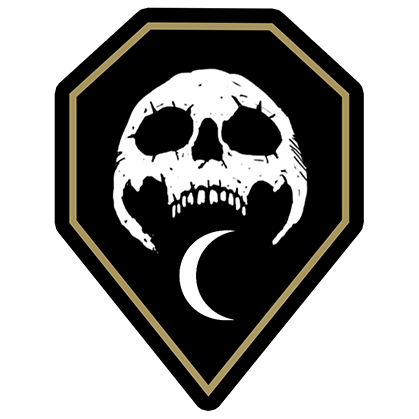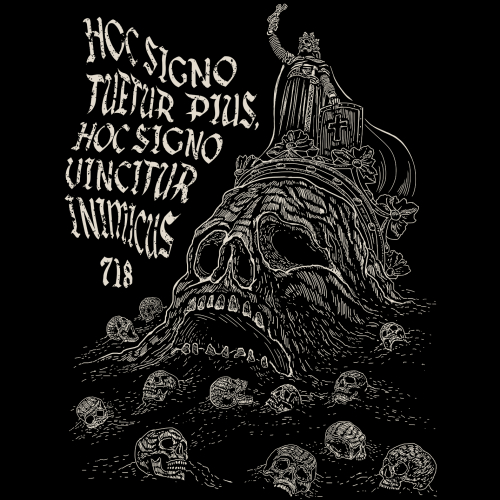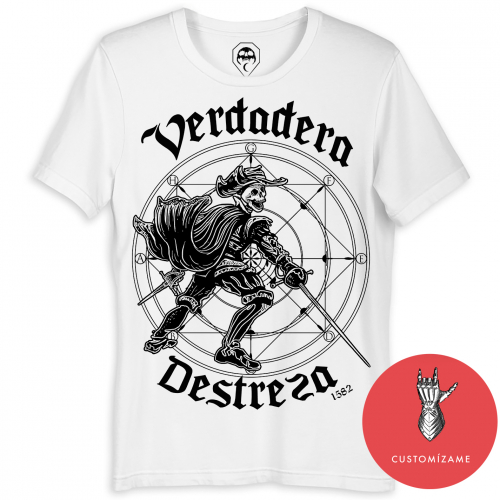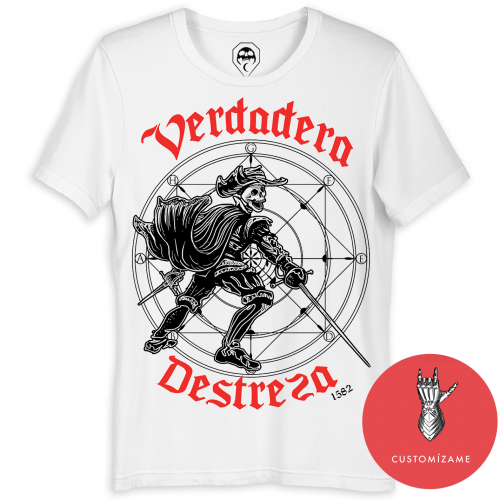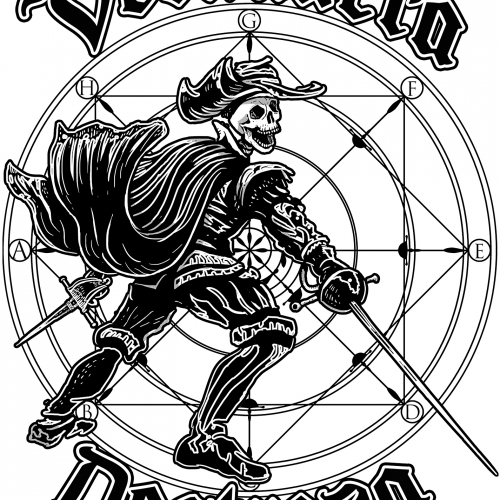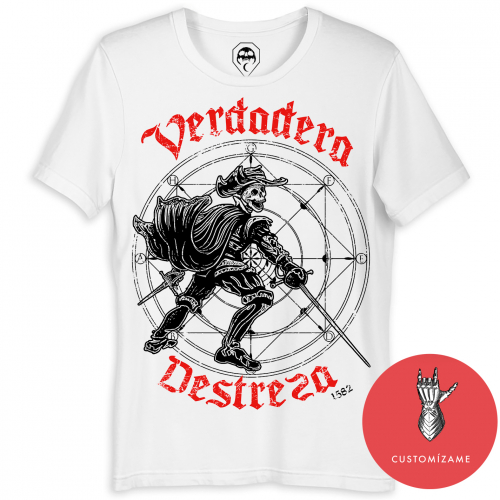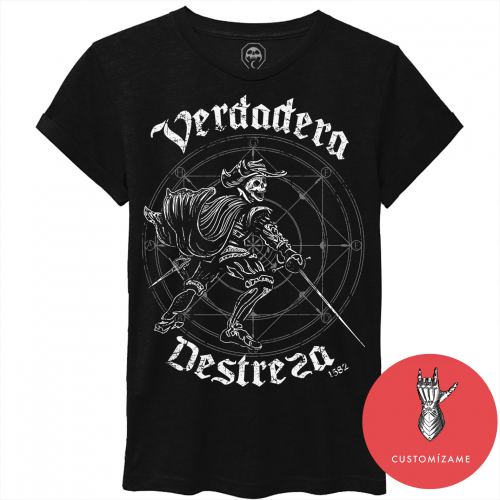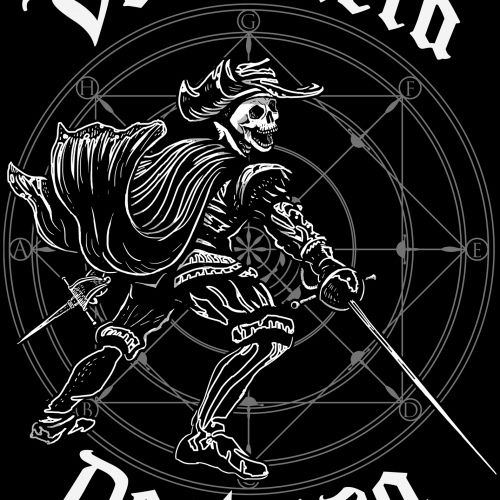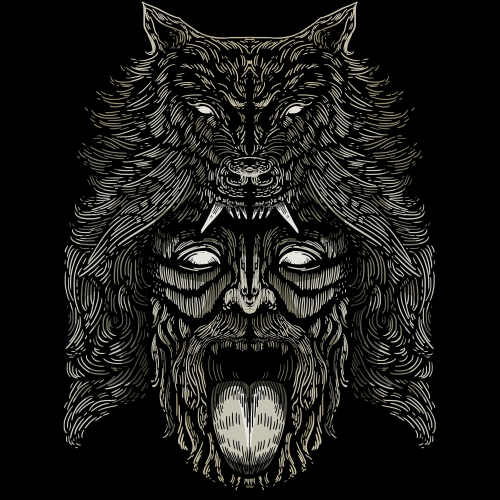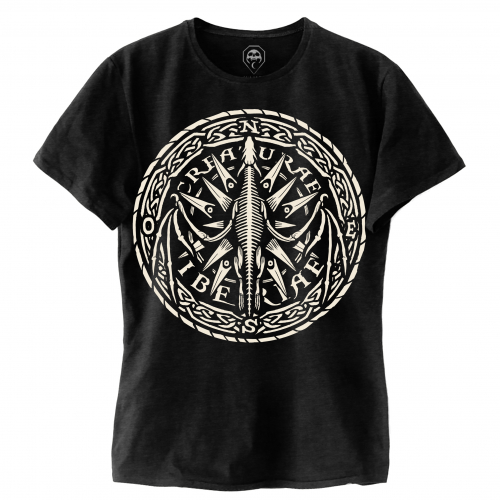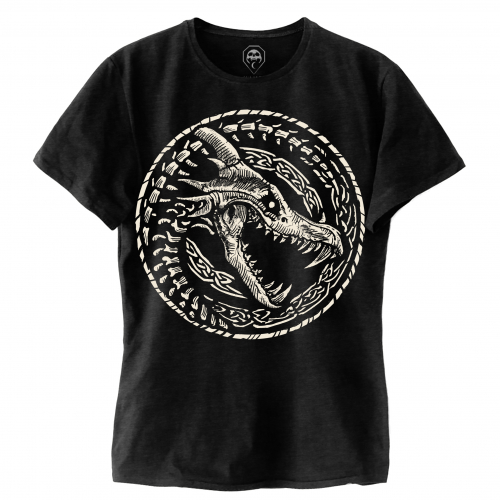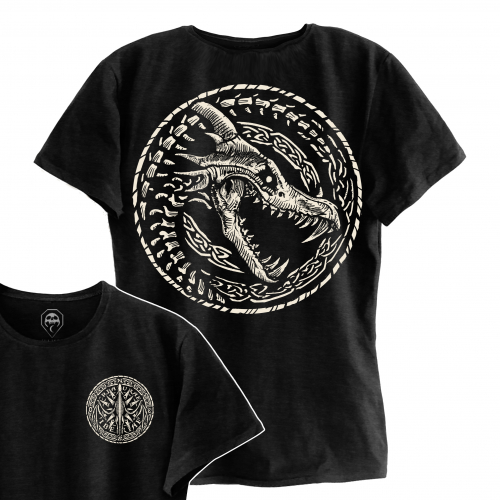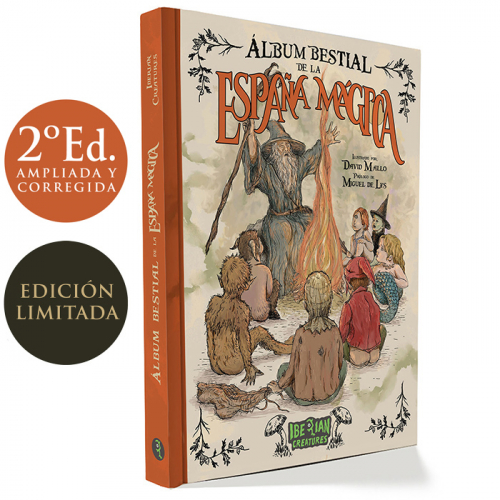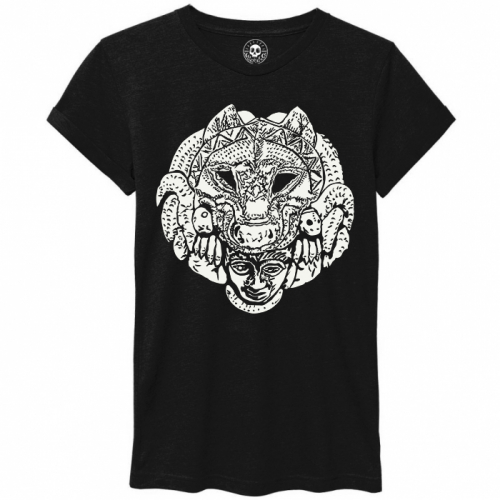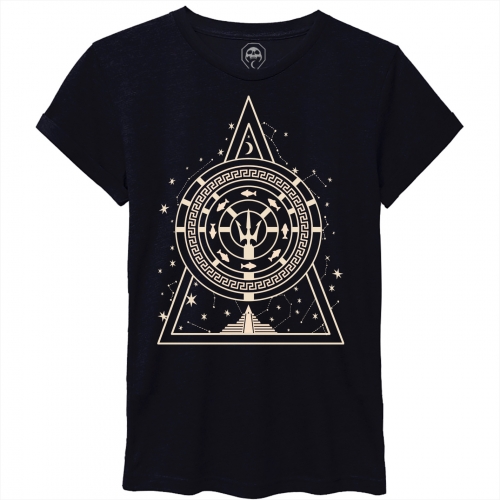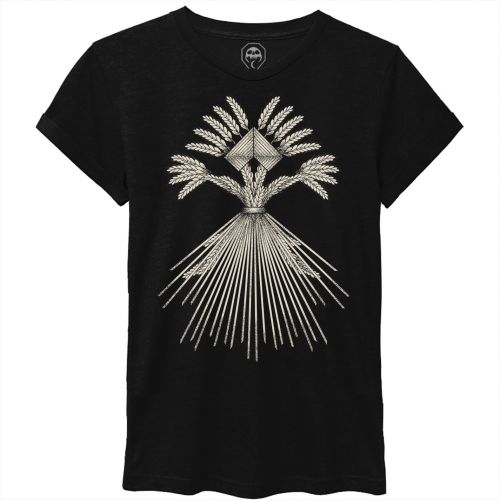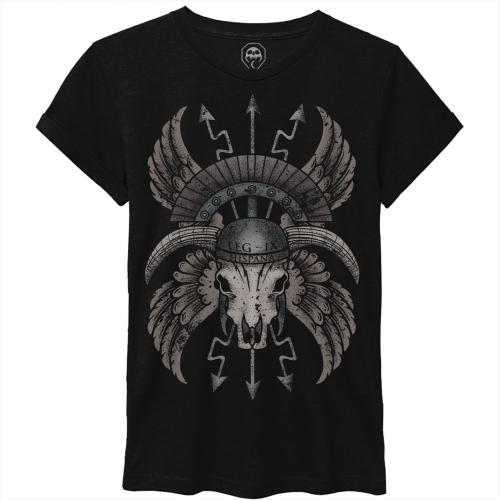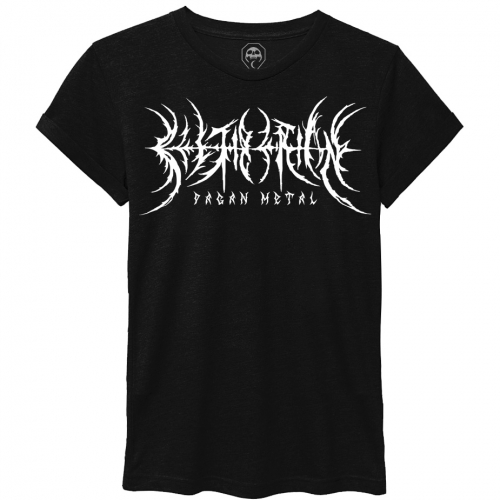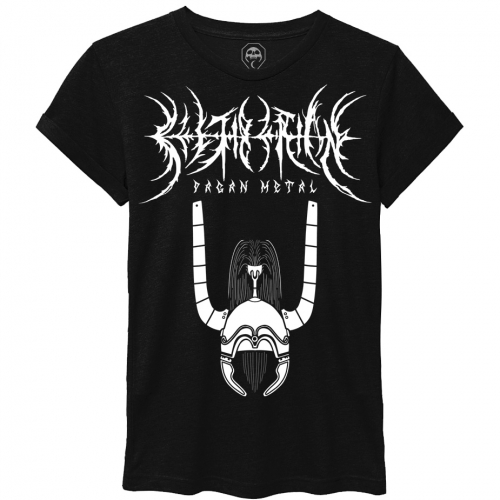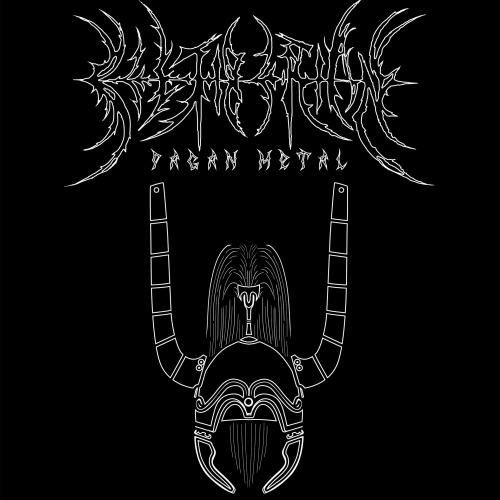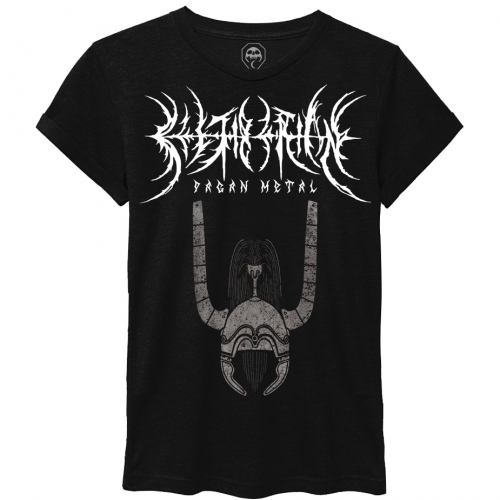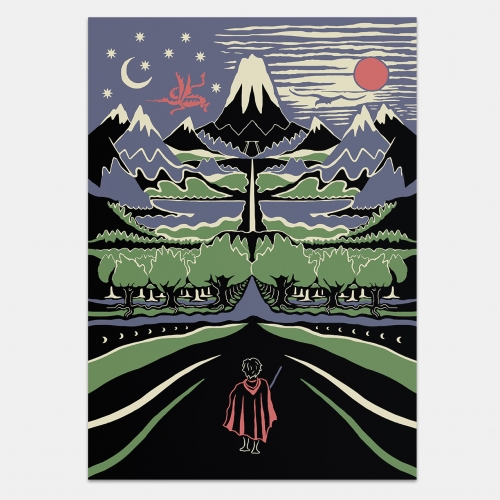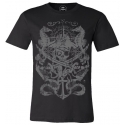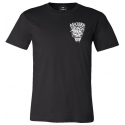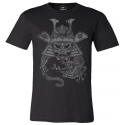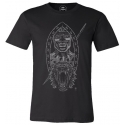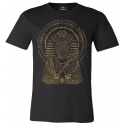Our tribute to all those bands that in the mid and late 90s created an autochthonous genre, "Celtiberian Black Metal". Distancing themselves from Viking metal, those groups permeated the national scene with their own identity based on the beliefs of the native peoples of ancient Iberia, their lyrics bring us closer to Celtiberian mythology, legends, heroes, gods, epics, nature, customs, rites, Iberian landscapes and the paganism of our pre-Roman culture.
Influenced by Norwegian and Polish black bands, the "barbarians" Nazgul was born in Madrid back in 1995 by the hand of its founder Defernos and the guitarist Thorgul, an emblematic reference band that defined the concept and was one of the germs of the later bands of "Celtiberian Pagan Metal".
In parallel, the Cantabrian Erun Dagoth creates a melodic and epic Death / Black musical project with Celtic Folk elements called CrystalMoors, whose themes breathe history - the Cantabrian wars for example -, mythology and nature of Cantabria - over time and outside the ranks of Crystalmoors, Erun creates a very interesting solo project called Briargh, straddling epic fantasy, paganism and Celticism. In 2018 they joined forces with the Hordak band - we who do not come from the BM, but from the power of Manowar, Running Wild, Blind Guardian or Helloween, we have discovered them with "Father" and they have conquered us! - to create the split "Árguma / Ophiusa ". Within this cultural paganism they have shared stages with bands of neofolk and dark folk roots, whose compositions sink in ancestral folklore and the magical beliefs of the Iberian peoples, such as Keltika Hispanna whose Black / Death influences are appreciated for example in their album "Terror Romanorvm ".
In this CBM tour we have come across hundreds of bands that have dealt with pre-Christian Iberian autochthonous cultures such as Aiumeen Basoa (1994), Numen (1997), Lux Divina (1998), Berserk (1998), Nakkiga (1999), Cyhiriaeth (2000), Omendark (2001), Carcharoth (2002) or Forestdome (2002).
Therefore, this small design is used almost in crude, to remember this genre and those bands that have raised and carried the flame of the spirit of the pre-Roman peoples of Iberia.
